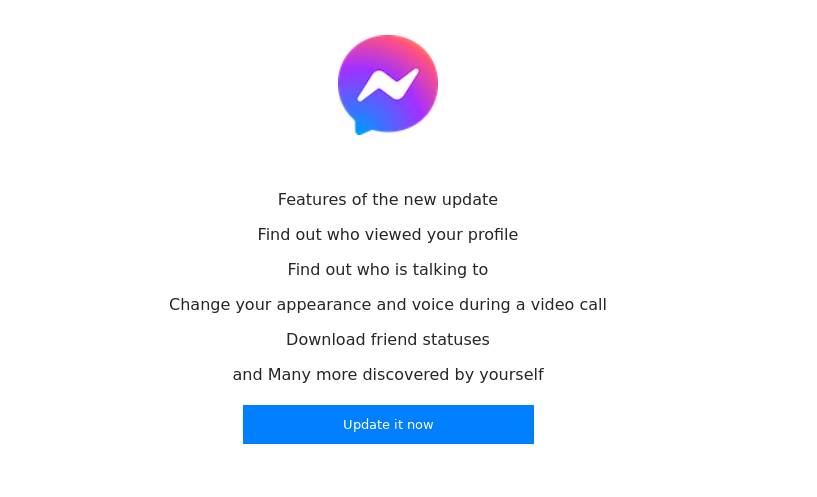Kaspersky’s anti-phishing system prevented more than 500 million attempts at accessing fraudulent websites globally in 2022. This is twice more compared to 2021 figures.
In Africa, 8.7% of individuals and corporate users were affected by phishing: attacks on their devices were detected and stopped. In South Africa, the share of users affected by phishing stands at 9.7%, followed by Kenya at 8.4% and Nigeria at 7%. Detailed information on the global situation with spam and phishing can be found in Kaspersky’s Spam and Phishing in 2022 report.
Although spam and phishing attacks are not necessarily complex from a technological standpoint, they rely on sophisticated social engineering tactics, making them highly dangerous to those who are not aware of them. Fraudsters are skilled at creating phishing web pages identical to the original websites that collect private user data or encourage the transfer of money to fraudsters targeting both individuals and organisations. Kaspersky experts discovered that throughout 2022 cybercriminals increasingly turned to phishing. The company’s anti-phishing system successfully blocked 507,851,735 attempts to access fraudulent content globally in 2022, twice the number of attacks thwarted in 2021.
The sphere most frequently targeted with phishing attacks was delivery services. Fraudsters send fake emails pretending to be from well-known delivery companies and claim there is an issue with a delivery. The email includes a link to a fake website, which asks for personal information or financial details. If the victim falls for the scam, they could lose their identity and banking information, which may be sold to websites on the dark web.
With financial phishing, the most commonly targeted categories were online stores and online financial services. Among the financial phishing attempts in South Africa 15.4% were through websites of fake payment systems, 68.4% through fake online stores and 16.2% through fake online bank portals. Among the financial phishing attempts in Kenya 22.5% were through websites of fake payment systems, 54.9% through fake online stores and 22.6% through fake online bank portals. And among the financial phishing attempts in Nigeria 31.1% were through websites of fake payment systems, 51.2% through fake online stores and 17.8% through fake online bank portals.
Kaspersky experts have also highlighted a global trend in the phishing landscape of 2022: an increase in the distribution of attacks through messengers, with the majority of blocked attempts coming from WhatsApp, followed by Telegram and Viber.
There is also growing demand among cybercriminals for social media credentials, with criminals exploiting people's curiosity and desire for privacy by offering fake updates and verified account status on social media platforms.
 An example of a phishing page mimicking a social media alert
An example of a phishing page mimicking a social media alert
Moreover, the experts found that cryptocurrency scams and market events, like the pandemic, are still being used by phishing attackers to steal sensitive information from people who are afraid and worried. These scammers are taking advantage of people's fears and concerns to steal their sensitive information.
“Phishing is one of the most prevalent and pernicious threats in the cybersecurity landscape. Being the gateway to many of the worst cyber threats, phishing pages are the first step in a long chain of events that can result in identity theft, financial loss, and reputational damage for both individual consumers and businesses. It's crucial for everyone to understand the threat and take action to protect themselves,”comments Olga Svistunova, security expert at Kaspersky.
In order to avoid becoming a victim of spam or phishing-based scams, Kaspersky experts advise the following:
· Only open emails and click links if you are sure you can trust the sender.
· When a sender is legitimate, but the content of the message seems strange, it is worth checking with the sender via an alternative communication channel.
· Check the spelling of a website’s URL if you suspect that you are faced with a phishing page. If you are, the URL may contain mistakes that are hard to spot at first glance, such as a 1 instead of I or 0 instead of O.
· Use a proven security solution when surfing the web. Thanks to access to international threat intelligence sources, these solutions are capable of spotting and blocking spam and phishing campaigns.
Read more about Spam and Phishing in 2022 in the report on Securelist.com.




